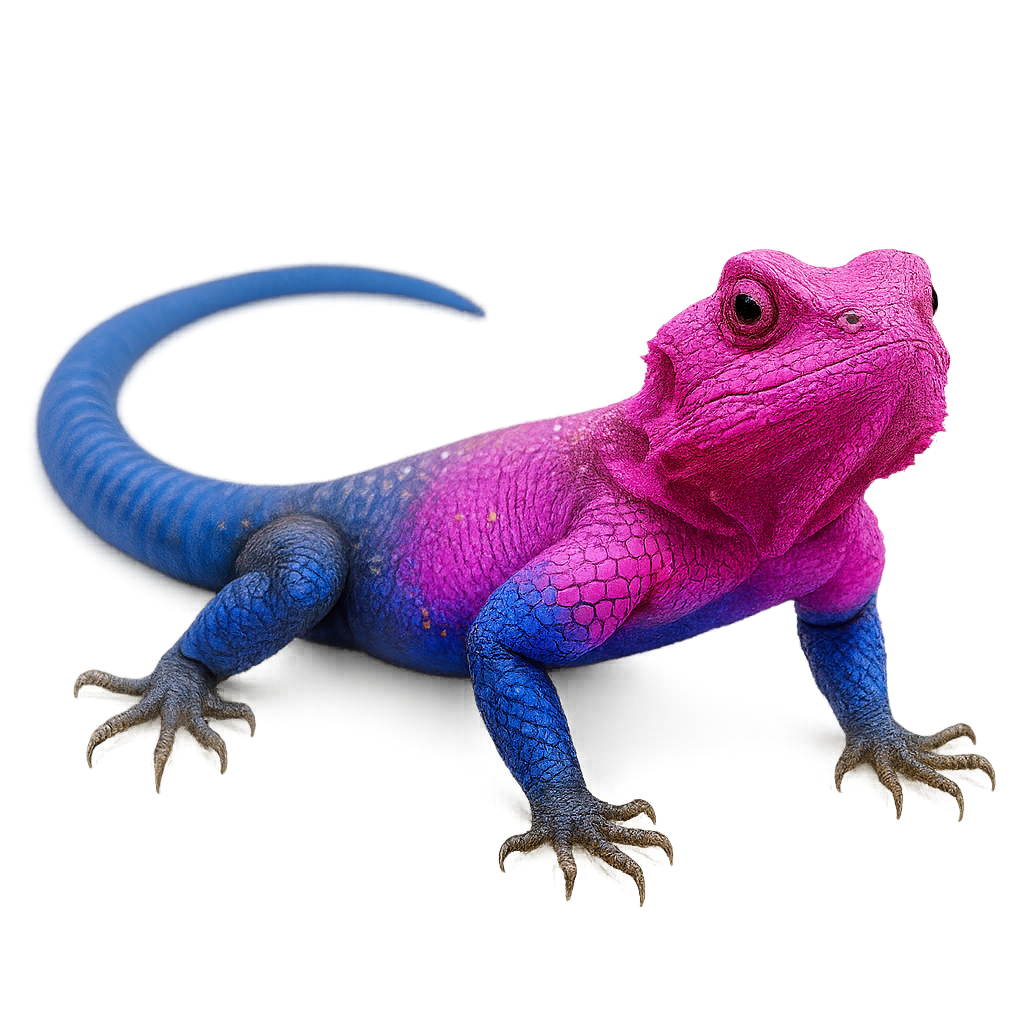Your wildlife photography guide.
Explore the mwanza flat-headed agama in detail, study its behavior, prepare your shots.
Where to observe and photograph the mwanza flat-headed agama in the wild
Learn where and when to spot the mwanza flat-headed agama in the wild, how to identify the species based on distinctive features, and what natural environments it inhabits. The WildlifePhotographer app offers tailored photography tips that reflect the mwanza flat-headed agama’s behavior, helping you capture better wildlife images. Explore the full species profile for key information including description, habitat, active periods, and approach techniques.
Mwanza Flat-headed Agama
Scientific name: Agama mwanzae

IUCN Status: Least Concern
Family: AGAMIDAE
Group: Reptiles
Sensitivity to human approach: Suspicious
Minimum approach distance: 5 m
Reproduction period: September to December
Incubation: 60–80 jours
Births: November to March
Habitat:
rocky areas, savannas, grasslands
Activity period :
Active during the day when temperatures are favorable, often seen basking in the sun.
Identification and description:
The Mwanza Flat-headed Agama, Agama mwanzae, is a colorful lizard native to East Africa, particularly in Tanzania, Kenya, and Rwanda. It is famous for its striking resemblance to Spider-Man, due to its bright red head and blue body. This diurnal lizard prefers rocky habitats where it can bask in the sun. Males are territorial and can be seen strutting to attract females. Although primarily insectivorous, it can also consume fruits and flowers. Its ability to change color for camouflage or communication is fascinating. The Mwanza Flat-headed Agama is a perfect example of adaptation and diversity in African wildlife.
Recommended lens:
400mm – adjust based on distance, desired framing (portrait or habitat), and approach conditions.
Photography tips:
To photograph the Mwanza Flat-headed Agama, it is advisable to use a telephoto lens of at least 400mm to capture details without disturbing the animal. Look for rocky areas where these lizards like to bask in the sun. Be patient and discreet, as they can be suspicious. Morning or late afternoon light is ideal to highlight their bright colors. Make sure to adjust your camera settings to capture the shades of red and blue.
The WildlifePhotographer App is coming soon!
Be the first to explore the best nature spots, track rutting seasons, log your observations, and observe more wildlife.
Already 1 430 wildlife lovers subscribed worldwide

